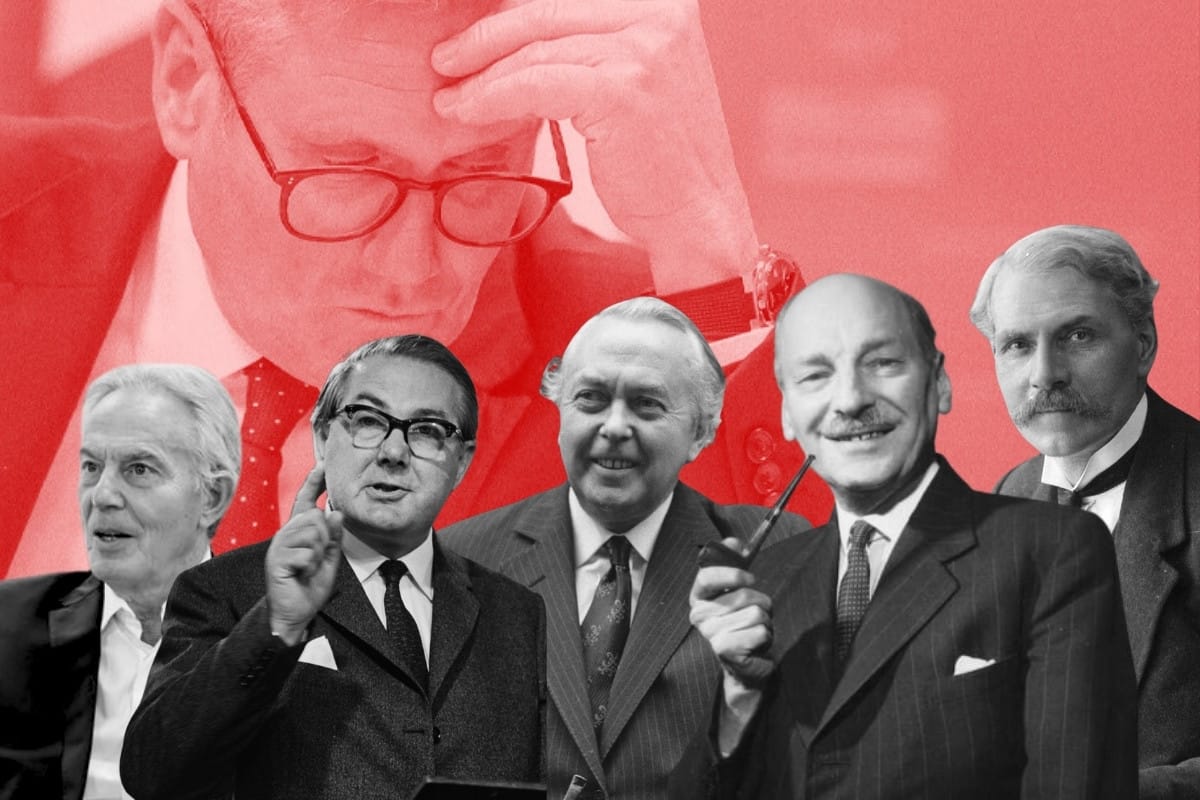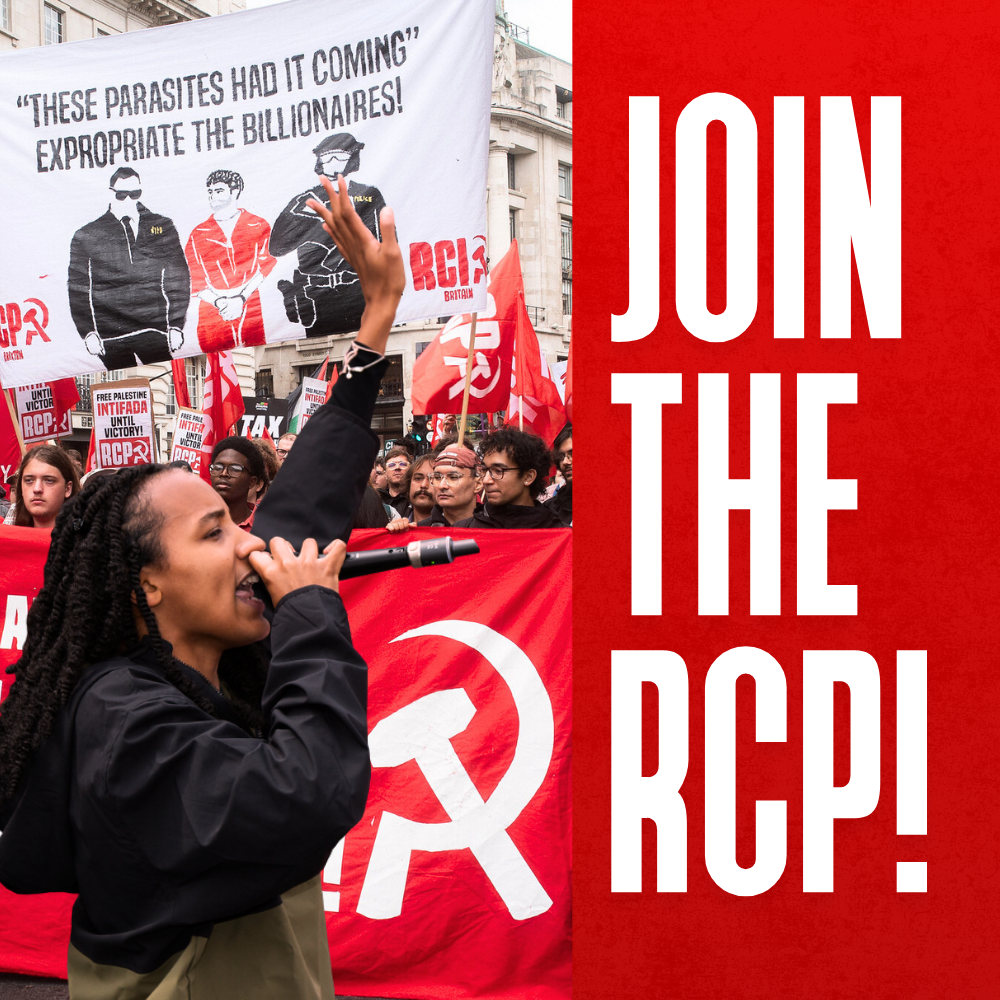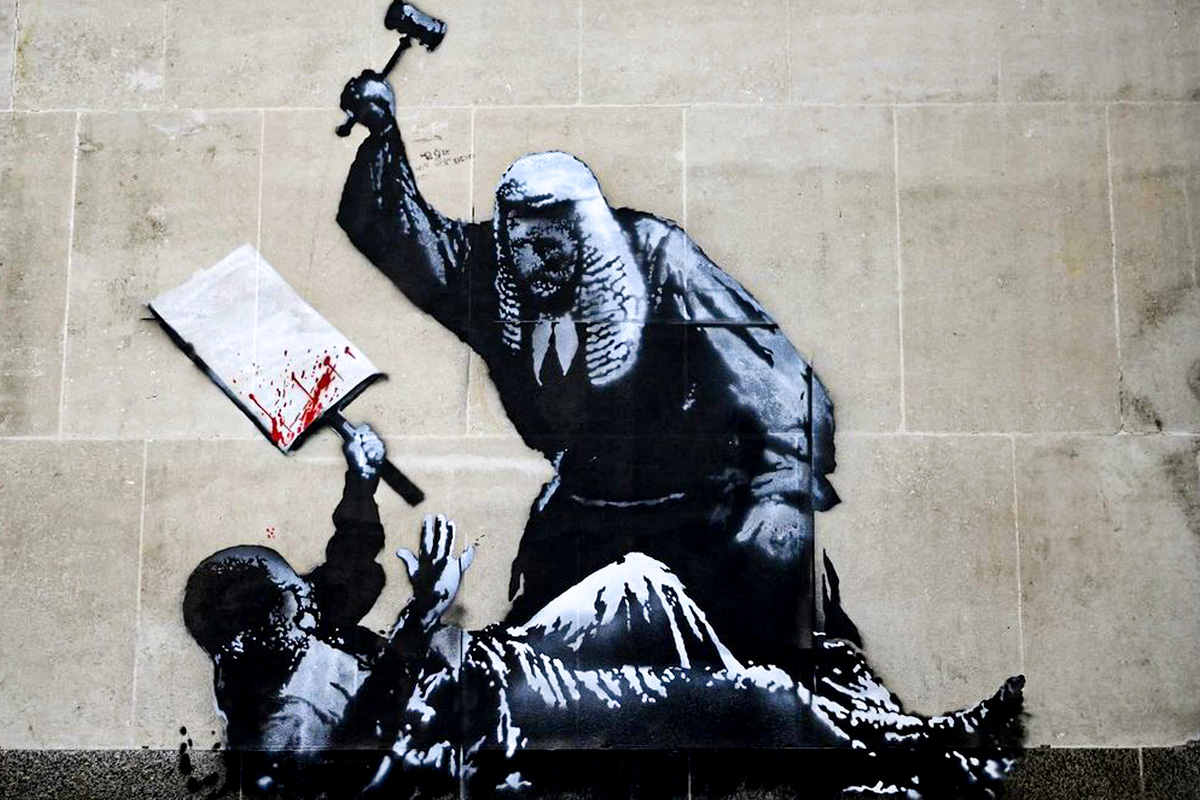Keir Starmer’s Labour Party has been in power for over half a year now. This will go down in history as the most rapidly discredited government in Britain (excluding Liz Truss’ brief tenure).
Starmer and his cabinet have been clear from the outset that they’re at the service of big business. They’ve been very open about their readiness to take ‘tough decisions’, i.e. austerity, to try and put capitalism back on track.
They’ve said Labour will give ‘no free ride’ to the unions when it comes to future wage negotiations – anticipating future conflicts.
And they’ve enthusiastically fallen into line behind US imperialism when it comes to foreign policy, with their ‘unshakable’ support for Israel, Ukraine, and Trident.
Given Starmer’s previous conduct, none of this comes as any surprise. Indeed, when looking back at the history of the Labour Party in power, Starmer fits in very well.
Since Labour first came to power just over a century ago, in 1924, it’s been in government six times. Of those occasions, half were weak or unstable minority governments.
One thread that runs through them all is that, despite ostensibly being a party of labour, of the working class, it has always ended up siding with the capitalist class when push comes to shove.
In fact, if you had to summarise the history of the Labour Party in power, it would be as managing capitalism in crisis, on behalf of the capitalists.
‘In office, but not in power’
There was a poll from 2023 that found politicians to be the least trusted people in society.
It’s long been thought that they’ll say anything to get elected, then do the opposite when in power. Indeed, pretty much every Labour government – with the exception of the postwar Atlee government – has failed to carry out its programme.
They have all made various promises to get elected, promising things like “an irreversible shift in the balance of power and wealth in favour of working people”. But then when in power, they find ‘the cupboards are bare’, and ‘we need to make tough choices’.
This goes all the way back to the first Labour government in 1924, headed by Ramsay MacDonald.
The early 1920s were characterised by a deep economic crisis following the First World War. It was a period of stormy strikes and high unemployment, with the capitalists demanding that workers tighten their belts.
The Tory government called an election for the end of 1923. The Labour Party, for the first time in history, came second, above the Liberals. The result was a hung parliament, with the Liberals holding the balance of power.
The Liberals decided to support a minority Labour government instead of the Tories. They thought that Labour would be too weak to do the capitalists much harm, and as a result would quickly discredit themselves in power.
The Liberals turned out to be right. The Labour leaders relished the opportunity to prove themselves as ‘responsible statesmen’.
Ramsay MacDonald, the Labour prime minister, said “I want to gain the confidence of the country and shall suit my policy accordingly”. By ‘the country’, what he really meant was the capitalists, the landowners, big business, and their middle-class hangers on.
The government implemented orthodox capitalist policies in a bid to restore profits. They used the excuse of “in office, but not in power”, (i.e. because they were a minority government) to effectively abandon their programme.
They did manage to implement some minor reforms to housing and benefits, with Liberal support, but nothing radical. There was certainly no talk of socialism.
After only 10 months in power, a section of the establishment decided that Labour had served its purpose, and moved to bring down the government.
Bankers call the shots
This whole episode was really just a dress rehearsal for the next Labour government, which came to power in 1929.
Again, although Labour had massively increased its votes, it was a minority government held up by the Liberals.
The government enjoyed a very short honeymoon period, before the impact of the Wall Street Crash spread across the world. Unemployment almost tripled during Labour’s first 18 months in power, to reach 2.7 million in December 1930.
By early 1931 it was clear that a budgetary crisis was looming. The unemployment benefit fund was in debt by £70m and rising, which is equivalent to nearly £6bn today.
In July, a committee on national expenditure recommended deep cuts to public spending. This included a 20 percent cut to unemployment benefits, in order to balance the books.
The government did nothing, until a run on the pound forced their hand in August. Then the cabinet agreed to a package of austerity, but stopped short of cutting unemployment benefits. This was of course rejected by the opposition parties and bankers, who demanded deeper cuts.
MacDonald approached bankers in New York for an emergency loan. He asked if they would financially support the pound if the government implemented a 10 percent cut to unemployment benefit. Their answer was ‘probably yes’. So MacDonald put this proposal to his cabinet.
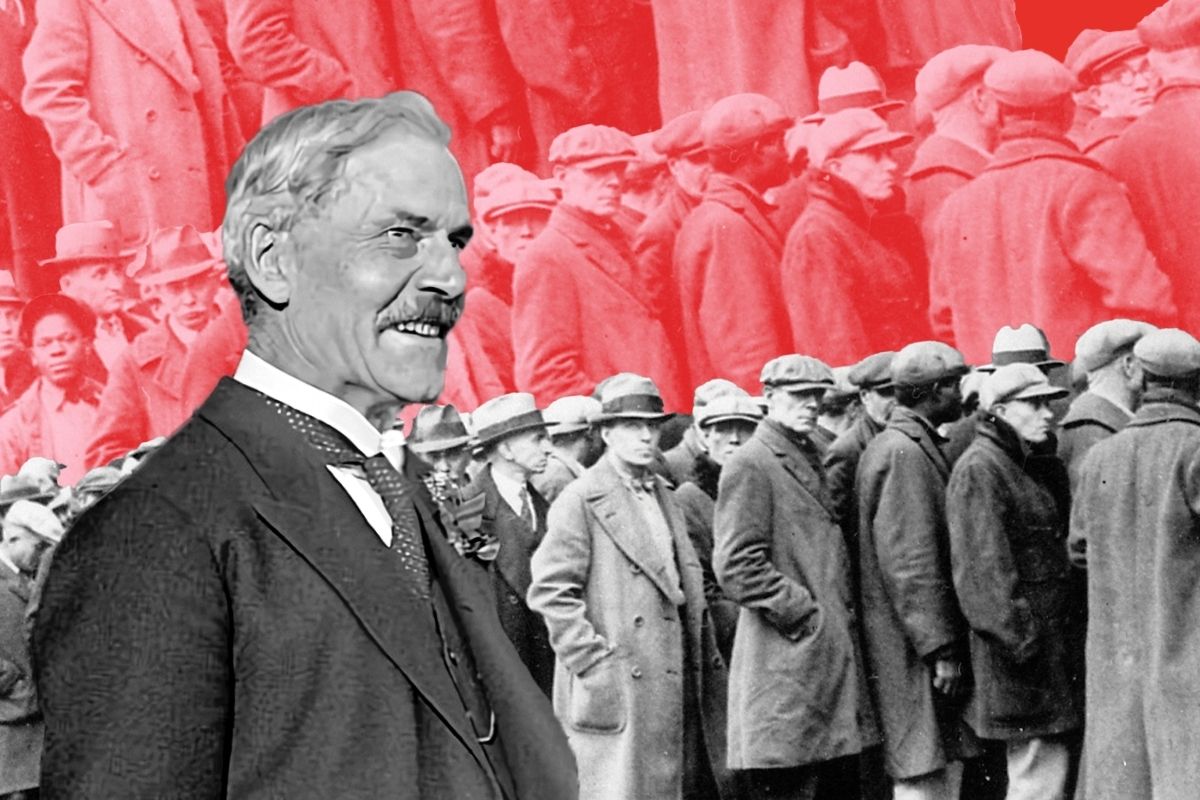
The Labour Party was deeply split on this decision though. Labour had campaigned on the programme of ‘work or maintenance for the unemployed’. This was now to be sacrificed for the purpose of saving capitalism.
The Trade Union Congress (TUC) rejected the cuts out of hand. Nine of the twenty cabinet ministers, feeling the pressure from the ranks of the labour movement, rejected the additional cuts.
So with the government fatally split, MacDonald went to the king to tender his resignation.
But the shrewd strategists of capital said ‘oh no you don’t’. They thought cuts of this scale would be far better if implemented by a so-called ‘socialist’ prime minister, than by a Tory. In this way they would be more palatable to sections of the working class, as well as ward off the danger of Labour benefitting from being in opposition.
So instead MacDonald was instructed to form a ‘National Government’ to act in ‘the national interest’. Its cabinet included four Labour ministers, four Tories, and two Liberals.
Of course, when they talk of the ‘national interest’, they mean the interests of the City of London; of the bankers and capitalists. The establishment wanted a strong, stable government to manage capitalism in a time of deep crisis.
Although a number of the most right-wing Labour MPs defected to join the National Government, most actually stayed in Labour, lest it fall into the hands of the ‘lefts’.
So Arthur Henderson, an arch right-winger, ended up leading the Labour Party. At the 1931 election, he offered no alternative to Labour’s discredited record during the previous two-and-a-half years.
As such, Labour were hammered in the election, losing most of its MPs. This actually shifted the balance more to the ‘left’ in the party, who took the leadership for the rest of the 1930s. Meanwhile, the National Government survived in one form or another until the end of the Second World War, almost 14 years later.
Exception
The post-war Labour government from 1945-51 is broadly the exception to the rule – that Labour has abandoned its programme when in power.
Attlee’s government massively strengthened the welfare state. This included creating the NHS. It also nationalised key sectors of the economy, including power, transport, and some heavy industry.
The reason it could get away with serious reforms, however, is that it came to power at the beginning of a massive boom for capitalism.
Lots of unique factors came together to make this possible. For example, the enormous destruction of the war eliminated the crisis of overproduction that was at the root of the Great Depression. Massive investment was then required for reconstruction.
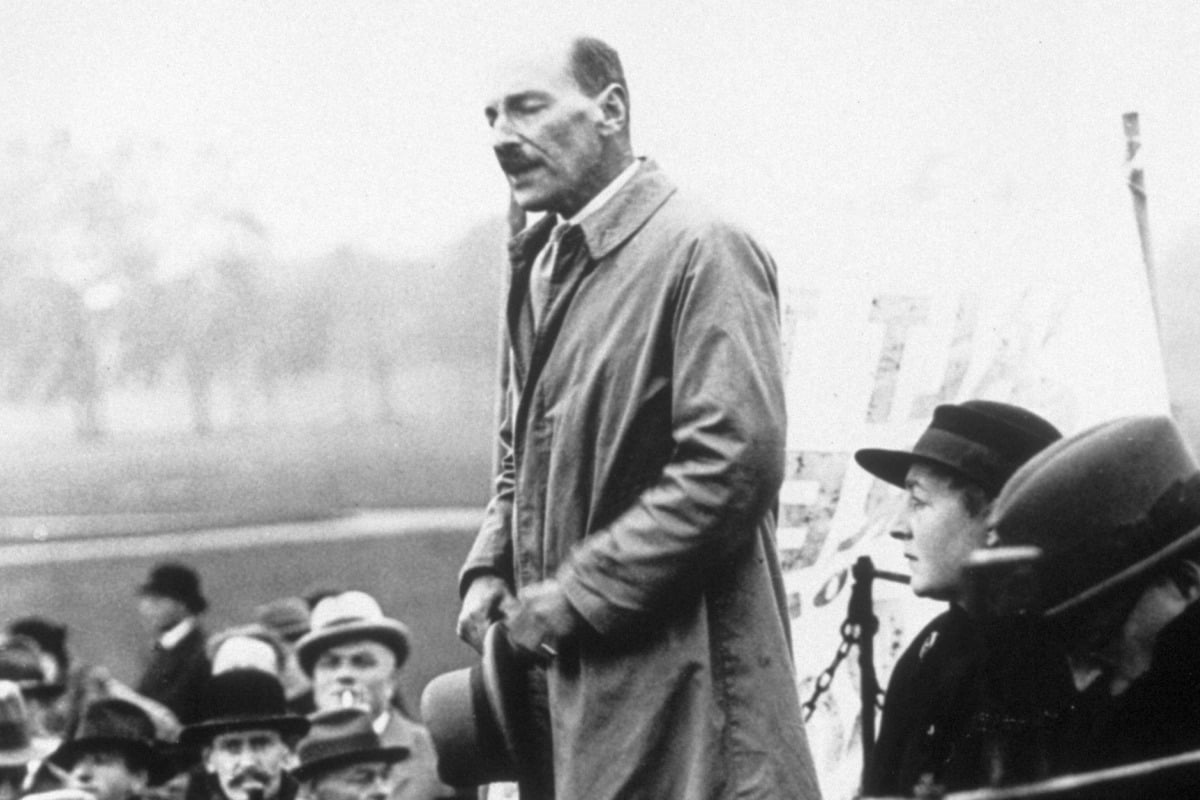
Other key factors included the huge expansion of world trade, and the emergence of the USA as the world’s number one imperialist power.
The Labour government inherited a deep financial crisis upon coming to power. A delegation was sent to the USA to agree a £3.8bn loan (worth £206 bn today). This came with heavy strings attached.
The loan effectively bought Labour some time to carry out its programme. Without it, imports would have had to be drastically reduced, resulting in a collapse in living standards.
Nevertheless, in 1949, a fresh crisis forced the supposedly ‘left’ chancellor Stafford Cripps to devalue the pound, and implement a wage freeze.
The ‘lefts’ then rolled back on their previous idea of introducing elements of planning into the economy. They didn’t want to antagonise the capitalists, whose support they needed to ride out the crisis.
Economic blackmail
This dynamic would be repeated during subsequent Labour governments, in the 1960s and ‘70s.
For example, Harold Wilson led Labour to power in 1964. After 13 years of Tory rule, he promised a ‘new era of change’, based on unleashing the potential of new technology and economic planning.
But soon after Wilson’s election, he was summoned by the governor of the Bank of England, who told him that Britain had an £800m trade deficit. Wilson was warned that the country couldn’t afford Labour’s programme, and that if he persisted with it, he would face a strike of capital and financial ruin.
Wilson dutifully bent the knee to the bankers and carried out their diktats.
In 1965, the government moved to reduce spending through orthodox cuts and the introduction of a ‘prices and incomes’ policy. This included a programme of ‘voluntary wage restraint’ as its first stage.
What this really amounted to was an attempt to boost profits at the expense of workers’ wages, with Labour acting as the agent of the capitalists.
But this didn’t satisfy the capitalists. In 1966, following his reelection, Wilson agreed to a much severer deflationary package. This included a statutory wage freeze for six months, and so-called ‘productivity deals’ to boost profits.
And after much talk about planning, Wilson’s so-called ‘National Plan’ was abandoned in the summer of 1966.
This was really a confirmation of the anarchy of the market; the fact that you can’t plan what you don’t control. With the vast bulk of the economy in private hands, it was the market that dictated to the government, not the other way around.
Disillusionment
It’s true that the Wilson government in the 1960s did introduce a number of liberal social reforms. These included the decriminalisation of homosexuality and abortion, the abolition of the death penalty, and the easing of restrictions on divorce.
These gave the government a certain progressive veneer. But at the end of the day, they didn’t actually cost it anything. And they didn’t threaten capitalism.
When it came to economic policy, however, the government introduced a number of cuts and counter reforms. For example, prescription charges were reintroduced, access to welfare was tightened up, and wage restraint continued.
In fact, the government attempted to pass anti-union legislation that would severely limit the ability of workers to strike, following Employment Minister Barbara Castle’s report ‘In Place of Strife’.
It caused outrage within the labour movement, and a split within the Labour Party.
A mass campaign of resistance was organised by trade union militants. So on 1 May 1969, 1.25m workers took strike action to ‘kill the bill’, combined with mass demonstrations across the country.
Although the government passed the legislation, 55 Labour MPs voted against, and another 40 abstained.
With massive pressure from the ranks of the movement, the government was forced to abandon the law.
All of this had a demoralising effect on a layer of the working class, who felt betrayed by the government.
The vision of a new society, presented by the party in 1964, had crumbled upon contact with the needs to manage capitalism in crisis. The party therefore lost the 1970 election to the Tories, as a result of a large number of Labour voters abstaining.
Almost exactly the same dynamic played out with the subsequent Labour government, in power from 1974-79.
Its radical promises in its election manifesto were jettisoned when the bosses threatened a strike of capital.
Instead, Labour’s policy was to manage the worldwide crisis of capitalism at that time through policies of wage restraint and austerity. Their attempt to keep a lid on the class struggle eventually reached its limits, leading to the ‘winter of discontent’ in 1978-79.
Ultimately, the disillusionment with Labour allowed the Tories to come back under Thatcher, who proceeded to attack all of the gains of the previous period.
Bourgeois leadership
Why did Labour always behave like this? How was it that a party essentially founded and funded by the trade unions, could be led by such a pro-capitalist leadership?
By 1900, when the Labour Party was formed, most of the trade unions had become highly bureaucratised.
Ever since the mid-nineteenth century, the capitalists in Britain were able to effectively buy off a section of the working class, by throwing them a slice of their profits. They could afford this since they exploited millions around the world through their empire, and British industry effectively held a monopoly position worldwide.
By 1881, Engels remarked that this set up had given rise to the situation whereby the “worst English trade unions allow themselves to be led by men sold to, or at least paid by, the middle class”.
The leaders’ living conditions were far removed from those of the workers they were supposed to represent. And the ruling class perfected the art of either indirectly or directly corrupting them, not just financially, but ideologically.
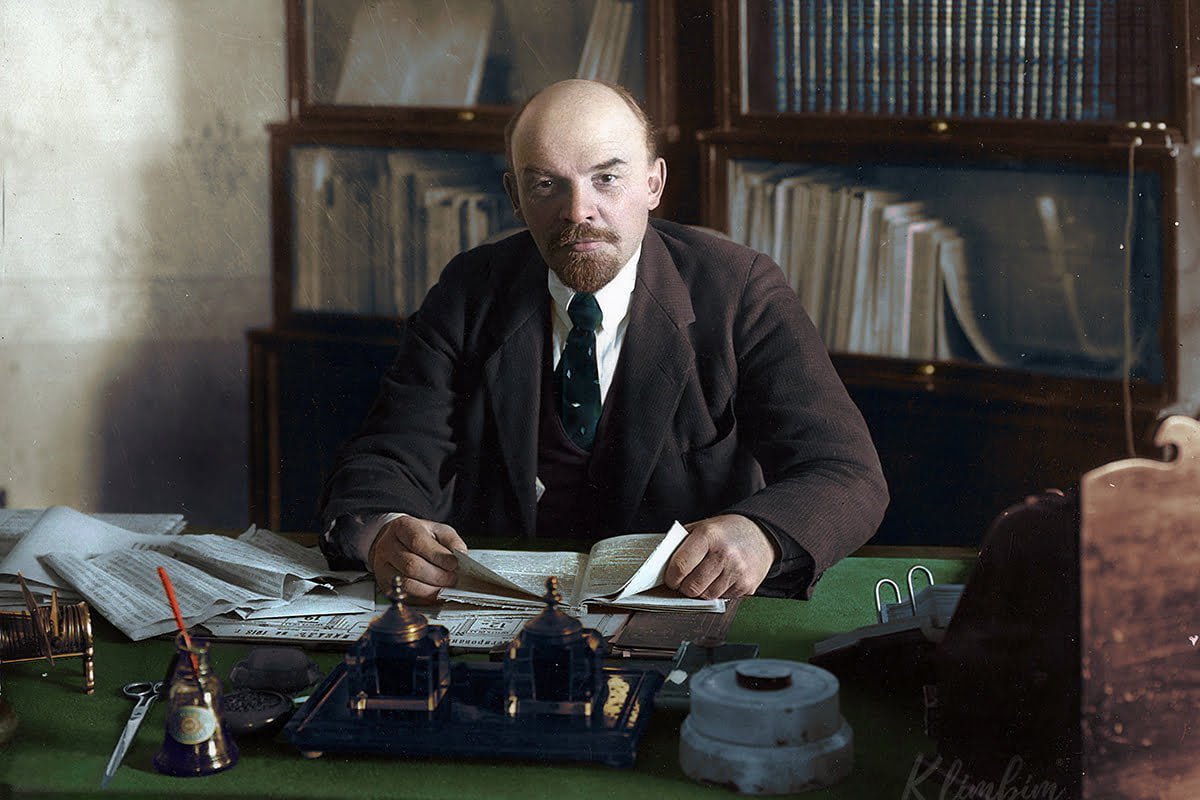
It was this set up that led Lenin to characterise the party in 1920 as a “thoroughly bourgeois’” party.
For example, MacDonald’s cabinet in the first Labour government included five former Liberals, two ex-Tories, and one actual Tory.
Lenin of course had a dialectical view of the party, rather than a mechanical one. He understood that the party’s leadership, including its guiding philosophy, is crucial for how the party conducts itself. But it’s not a one-way process; nor is it fixed for all eternity.
On the basis of an upturn in the class struggle, and the radicalisation of the ranks of the party, the leadership itself can come under pressure to move to the left. In these conditions, it could even be replaced by those more in tune with the ranks.
Weakness of the lefts
This process did indeed play out in the 1930s, after the betrayal of MacDonald. However, the labour ‘lefts’ in the party were always historically weak.
It’s true that the party has always suffered from a lack of internal democracy. This meant the MPs – who were overwhelmingly from the right – were effectively unaccountable to the ranks.
But the real weakness of the ‘lefts’ flows from their outlook. Pretty much all of them are infected with the reformist view that a revolution isn’t possible, or necessary. And that socialism can simply come about as a result of a thriving capitalist economy, able to afford reforms.
Consequently, whenever the Labour Party has been faced with the choice of implementing cuts on behalf of capitalism, or facing bankruptcy, the ‘lefts’ have had no alternative programme to offer.
If you accept capitalism, you have to accept the laws of capitalism, which are the laws of the market economy.
As Marxists, we must clarify that, while criticising the reformists, we’re not against reforms. In fact, communists are for any advance that genuinely improves the lives of working class people, and will be at the forefront of the struggle to achieve them.
What we’re against is the idea that capitalism can simply be reformed into socialism, and that a revolution isn’t necessary.
So long as capitalism is left intact, what the capitalists are forced to concede with one hand, they will take back, as soon as they’re in a position to do so.
Capitalism can’t be managed to avoid crises. These are an inevitable feature of the system. Nor can the class struggle under capitalism be legislated away.
The bitter legacy of Labour in power has meant that all the reforms that they were able to implement during the postwar boom have either been clawed back by the capitalists, or are in the process of being stripped away.
So instead of laying the basis for socialism, the Labour Party would come to power when the Tories are discredited, manage capitalism on behalf of the bosses, and in the process, discredit themselves. They would simply prepare the ground for the Tories to return.
Capitalism discredited
This is precisely the role that Starmer is playing now: to manage capitalism in crisis.
Already, Labour has lost its lead in the opinion polls. Starmer is incredibly unpopular.
In fact, given the crisis in the Tories, and the general discrediting of the whole establishment, Starmer is preparing the conditions for Farage’s Reform Party to become a major force in British politics.
Starmer is discrediting not just the Labour Party and reformism, however, but bourgeois democracy as a whole. Ordinary people can see that, under capitalism, no matter who you elect, you effectively get the same government in power.
Although they may disagree on precisely how to manage capitalism, all these Westminster politicians ultimately uphold the system. As a result, our living standards are still declining, services and infrastructure are still crumbling – all whilst the rich get richer and richer.
This means more and more people are being forced to question capitalism – and a growing layer is increasingly open to the ideas of revolution and communism.

